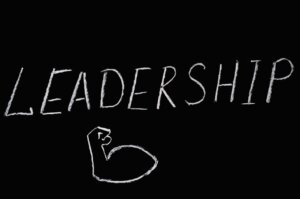Equilibrium is death. As a biologist, I believe this fundamental truth of life also applies to business. When a living breathing business flat-lines, the end is near. It is the dynamic flow of resources, goods, services, money, information, and workers that keep businesses alive and healthy. The global financial collapse of 2008 came close to an economic flat-line for many businesses worldwide. What does this have to do with leadership? Leaders are accountable for maintaining the change dynamic.
The Dilemma of Change
A dilemma is fundamentally different from a problem as there is no solution to the situation, only an iterative dynamic to follow. Change is a dilemma which is why the PDCP change initiative didn’t follow Kotter’s process. To understand the dynamics of the change dilemma as it exists in your life, team, or company you can map the dynamic using a process similar to the one Barry Johnson developed for mapping polarities1.
A few years ago I worked with a pharmaceutical team that was struggling to move out of the status quo and enter a cycle of change. After interviewing all the team members to understand their perception of the situation, I constructed the following dilemma map. The map clearly defined the trap they were in and what needed to be done to get change started in a positive way (which is where we start next week’s post).
To create your own dynamic map of a dilemma or change, start by identifying the two fundamental components of your situation. In this case we are working with change and the status quo. Begin at the lower left quadrant, the negative aspects of change, and list all the factors that make change uncomfortable, unwelcome, and sometimes painful. Be very specific. If you, or others, resist change capture why – find the deeper, emotional drivers of the quadrant (this holds true for all four quadrants).
Really feel the downside of change, because this is what makes you desire the status quo. From the downside of change we naturally desire and move toward the upside of the status quo. Fill that quadrant in, listing all the reasons why it is mentally, emotionally, physically, and practically the best place to be. These are the reasons your change effort will fail – this quadrant is what entices you to abort your change initiative.
The status quo does have a downside. Hidden within all that is desirable about where you are exist aspects that make it unsustainable, these are the negative side of the status quo. What aspects of your situation are destabilizing the system because they are too rigid, stifling, or out of step with the current reality? What is keeping you and your organization from innovating, growing, creating a better future for yourselves? How do you feel when the status quo loses its positive qualities and becomes a straightjacket? These are the reasons you move toward change, to make your situation better – emotionally and physically. Capture the positive aspects that change can bring to your situation.
The final step2 is to name the scenario that living in the positive creates, naming our greatest hope, and the scenario that living in the negative creates, naming our greatest fear. Each dilemma has a dynamic composed of two creative tensions – one horizontal and one vertical – that create movement within the system.
A Leader’s Lessons from the Dilemma Map
Leaders that understand the dynamic can use the creative tension within the system to manage the dilemma. For the pharmaceutical team leader four steps helped move the team forward:
- A team off-site that generated a collective vision, revitalized their purpose, and begin to craft a new team identity
- Reduction in overwhelm – this leader used the “stop-start-continue3” exercise
- Keeping focus on the positive change quadrant, in this case refining the business model to increase the asset value of the brand
- Openly acknowledging that the dynamic is filled with emotional tension that is different for everyone
Balancing VUCA with VUCA Prime would also have helped, more on this in a later post, and the exercise from the last blog can be used as is or modified to meet the needs of the change situation.
1- Change is a polarity, however many dilemmas are not true polarities. Nevertheless, I find the process works well.
2- Here is where my process differs from Johnson’s, he does this first and I do it last as way of gaining insight from the completed four quadrants.
3- A quick check of the internet produced this helpful document, http://www.steinbrecher.com/wp-content/uploads/2009/02/stop-start-continue.pdf
In 1997, Dr. Mase designed and led a corporate-wide restructuring of the product development and commercialization process for Bristol-Myers Squibb, reporting to the heads of Pharmaceutical Marketing and Pharmaceutical R&D. This 18-month change process brought together cross-functional teams (including R&D, Global Marketing, manufacturing, and operations) to generate 20 year future scenarios and: create target product profiles based on those scenarios, value each profile, and validate them with global opinion leaders. As part of this work, she also initiated the use of Early Commercial Valuation (risk adjusted), patient flow modeling, and strategic decision analysis during early commercial development. Over the 18 month initiative, both organizational functions and structures were reconfigured.
 Sections of this topic
Sections of this topic

















